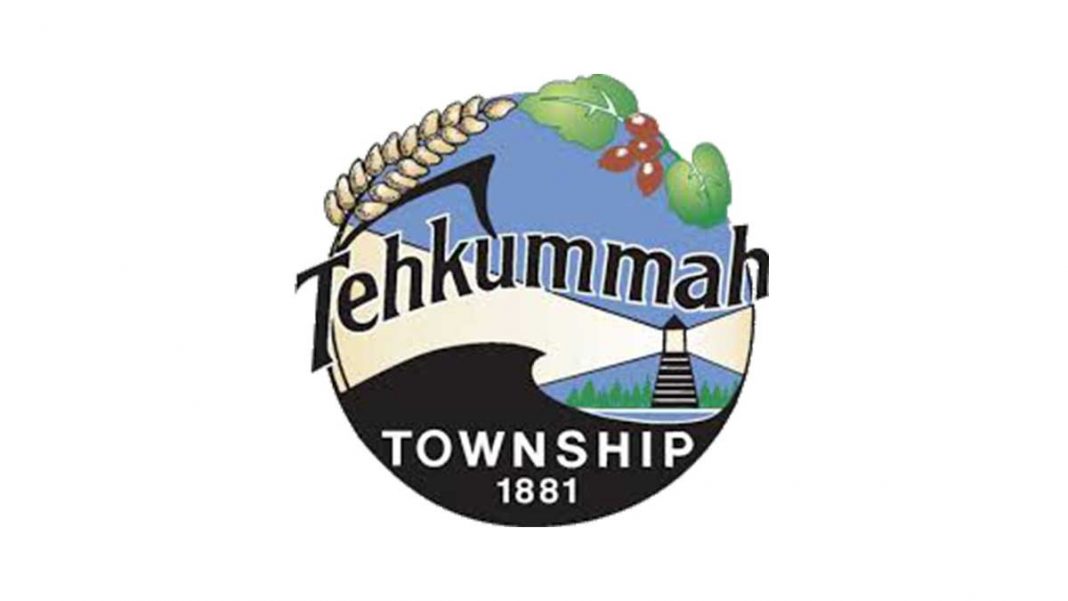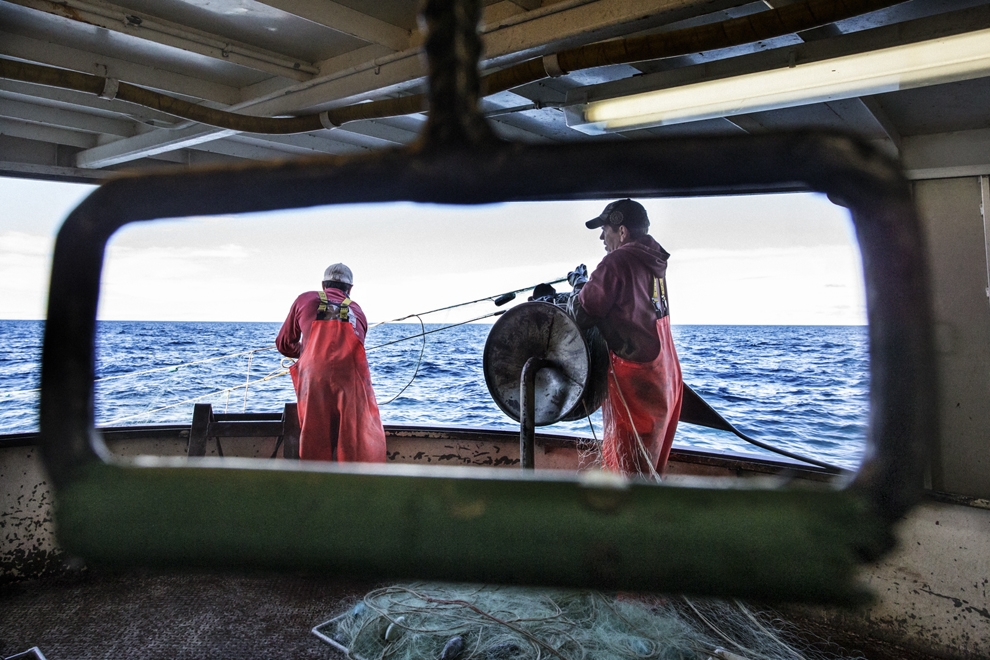TEHKUMMAH – The Smeltzer’s Drain extension and rehabilitation work in the Township of Tehkummah is proceeding through its regulatory stages, though some in the township have differing opinions on the best plans for the drain.
The changes to the drain, which serves landowners to the east of the 10th Sideroad along the path of Highway 542A, are mainly to occur at the western end where the drain leads into Blue Jay Creek.
The proposal is to replace the culvert where the drain passes under the 10th Sideroad and then run the waterway south along the roadside to the creek. After crossing under the 10th Sideroad, the drain currently traverses an unofficial ditch across a farm property belonging to Pat McGragh.
There will also be a separate section on the opposite side of Blue Jay Creek that will enable water flow from pools on either side of the 10th Sideroad. This has been dubbed the ‘Sideroad Branch.’
That ditch will carry a slight grade which, although insufficient to dry the area, will ensure that water will steadily flow away from the pools. Part of Blue Jay Creek itself will also be classified as part of the drain, enabling crews to clear debris and improve water flows.
This project is connected to the 10th Sideroad project, for which Tehkummah has received considerable federal funding this year. Since the proposed new drain routes run close to the roadway, simultaneous work is planned to minimize disruptions.
The Sideroad Branch has drawn concern from the town’s roads superintendent and a councillor in past meetings as they felt water should either be fully removed from that area or it should remain as-is.
“I have no problem with going ahead with option one, but I believe the (Sideroad Branch) should be left untouched except for new culverts going across the road,” said Councillor Michael McKenzie at the May meeting of council.
The concerns of roads superintendent Kevin Dunlop were that with the gradual slope, floodwaters would run up the Sideroad Branch and collect in the current pooling areas. That, he said, would threaten the integrity of the new road.
“If we refer this report (back to the engineers), it’s going to cost us money. All I’m asking is if something goes wrong, I want somebody to be responsible,” said Mr. Dunlop at the same meeting. “It might not, but you’re gambling an (expensive) road.”
Councillor Rick Gordon said the road has not yet washed out, even with the current poor drainage, and said planners cannot expect every possible bad outcome to occur.
Drainage engineer Joel Miller of K. Smart Associates has been regularly meeting with Tehkummah to discuss plans, problems and potential solutions and was present at that meeting.
He told The Expositor that in follow-up discussions, Mr. Dunlop’s concerns about Sideroad Branch flooding and impacting the road were addressed by looking at the detailed construction plans. The branch will connect to Blue Jay Creek at a meander so the water would have to make a 180-degree turn to get up the branch, which would be unlikely and remove much of its force.
He also said the new ditch location will be between three and five metres farther west than the current ditches, providing extra separation from the road. The ditches will be centred on the property line, rather than the current ditches that sit within the road allowance.
On the other side of Blue Jay Creek, Mr. McGragh said he has become frustrated with the route away from the unofficial ditch through his property because he said the roadside location would mean “not a drop of my water will enter it,” despite him being assessed as “one of the biggest payers of that drain system,” he told The Expositor.
This newspaper contacted Mr. Miller to determine if the studies showed Mr. McGragh would indeed see no drainage of his fields, and whether his assessment would be reduced or eliminated if that was the case. The Expositor did not receive comment by press time Monday.
Mr. McGragh had several other concerns including snow removal operations filling the ditches and freezing, thereby causing water to spill across his field; additional garbage going into the ditch and into Blue Jay Creek; and losing roughly nine metres of his property for the construction and ditch location.
The present Smeltzer’s Drain path ends at the 10th Sideroad, so the waters that have been travelling across his field for the past 20 years have been illegal, Mr. McGragh contended. He rejected that the property-line drain would “improve” his property, saying it would simply bring it back to its normal state before the illegal dumping.
Mr. Miller said Mr. McGragh’s best option would likely be to hook into the McCauley Drain extension, which began being studied around the same time as the Smeltzer’s Drain extension in 2017. The Expositor did not receive clarity on how using the McCauley Drain would affect Mr. McGragh’s assessment.
Following Mr. McGragh’s desired path across his field would only change his personal assessment by about $100. However, because none of the construction except for the culvert could be cost-shared with the funded 10th Sideroad project, the upstream users would face a higher cost of about $10,000.
Other concerns with running the drain across Mr. McGragh’s property included the presence of cattle (which Mr. McGragh said was not a problem in other area drains), more difficult inspection and maintenance due to it being away from the road allowance, as well as the existing project having already been approved by government agencies.
Re-engineering the report to reflect a new path would add considerable extra time and money to the process that could conflict with the road timeline. Mr. Miller added that at an earlier time, Mr. McGragh appeared to be okay with the roadside ditch option and said he was unsure why his opinion had changed.
The engineers have been in regular contact with the municipality and individual landowners, including Mr. McGragh, to answer questions and determine the best way forward.
“There’s always a need to keep the big picture in mind. We go to every effort to explain why a decision was made and the reasons for it,” said Mr. Miller.
Mr. McGragh said he has lost faith in the process.
“When I got home (after the March meeting), I realized (Mr. Miller) had never mentioned the issues I said the other day to him. That’s when I started realizing this was not going to go the way I wanted it to go,” said Mr. McGragh. “I’ve been watching (water flow) since I moved here 20 years ago. I know what the water does all around this farm.”
Council ultimately voted to give the engineers’ report on the drain a second reading and move forward to the court of revision process, a stage that will see residents not affected by the drain serve as jurors to evaluate whether or not the concerns had been sufficiently addressed.
In a recorded vote, Councillor McKenzie was the lone nay, saying he disagreed with the plans for the Sideroad Branch.
Following the court of revision, council will give a third and final reading and officially register the drain by bylaw, if that vote passes.





